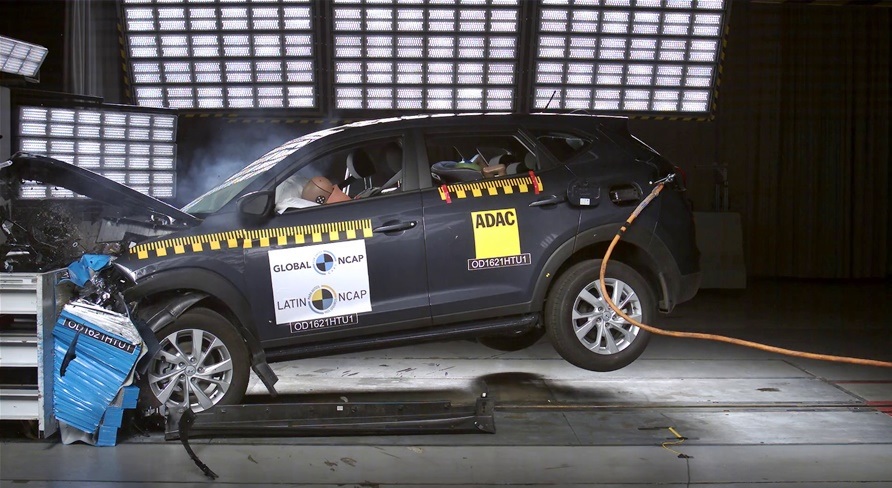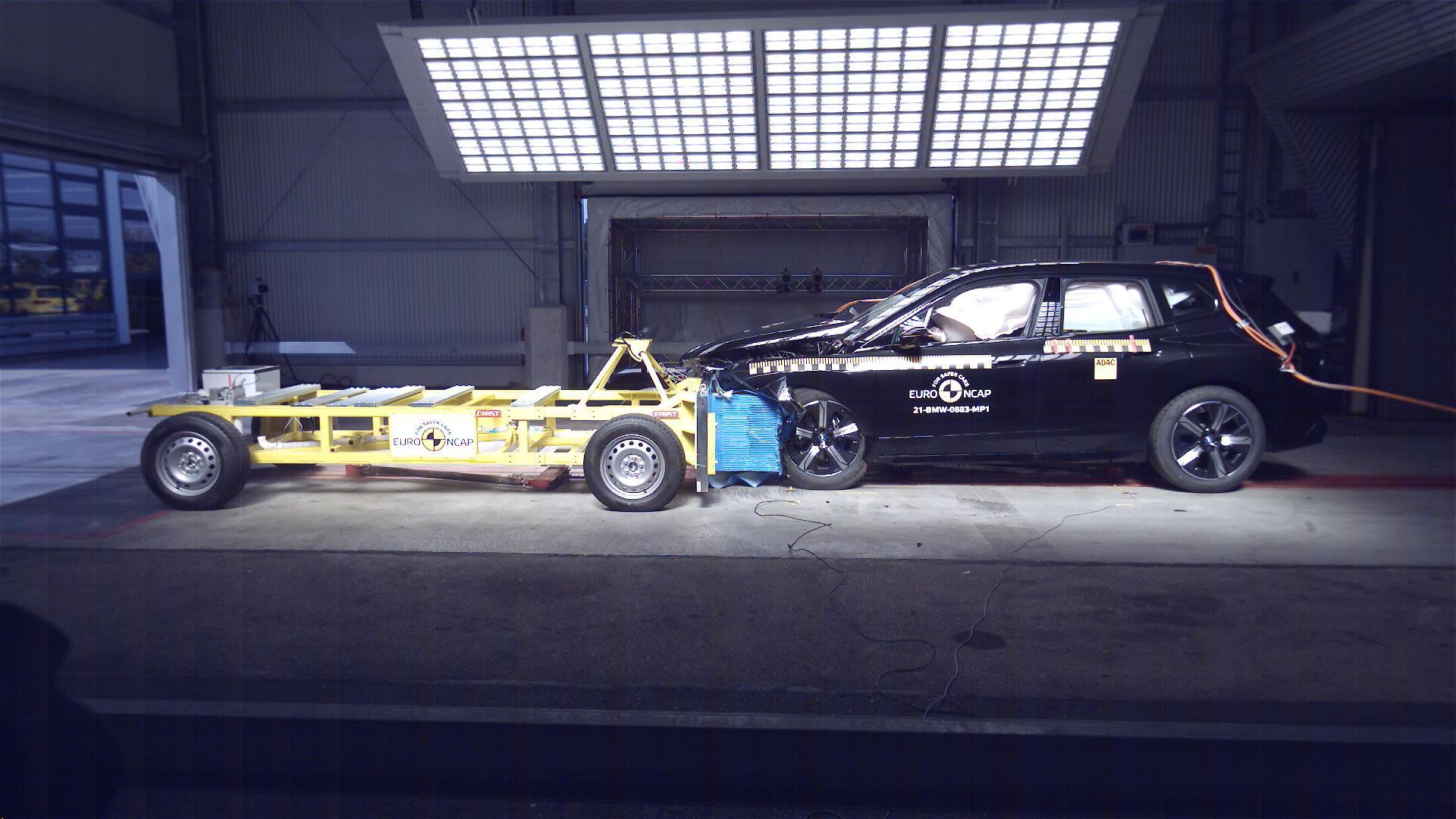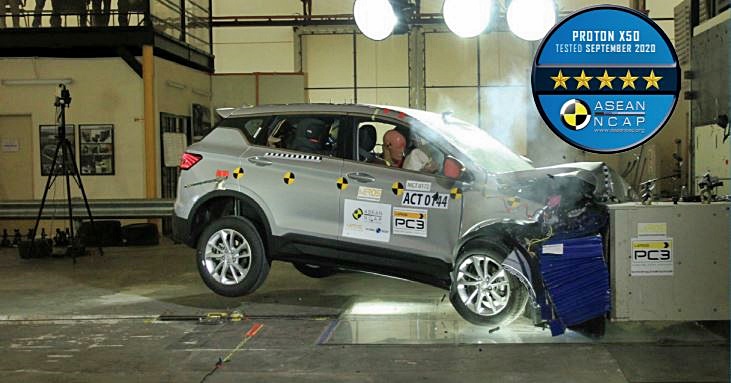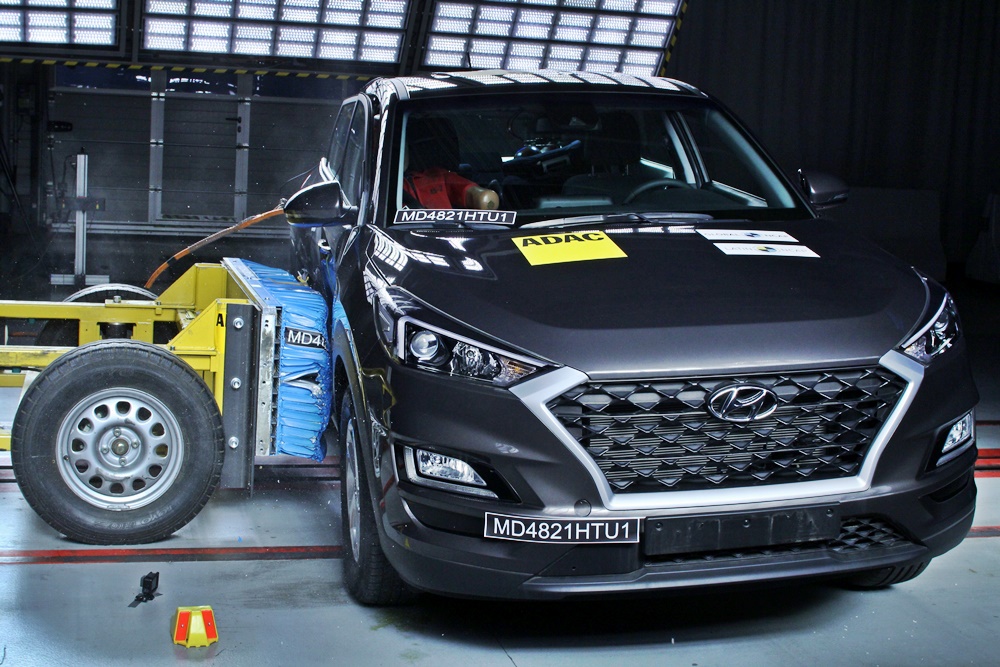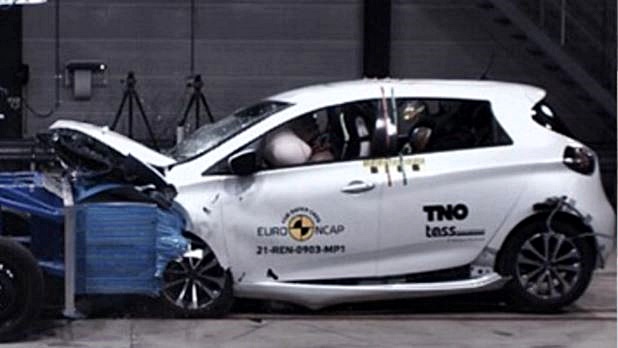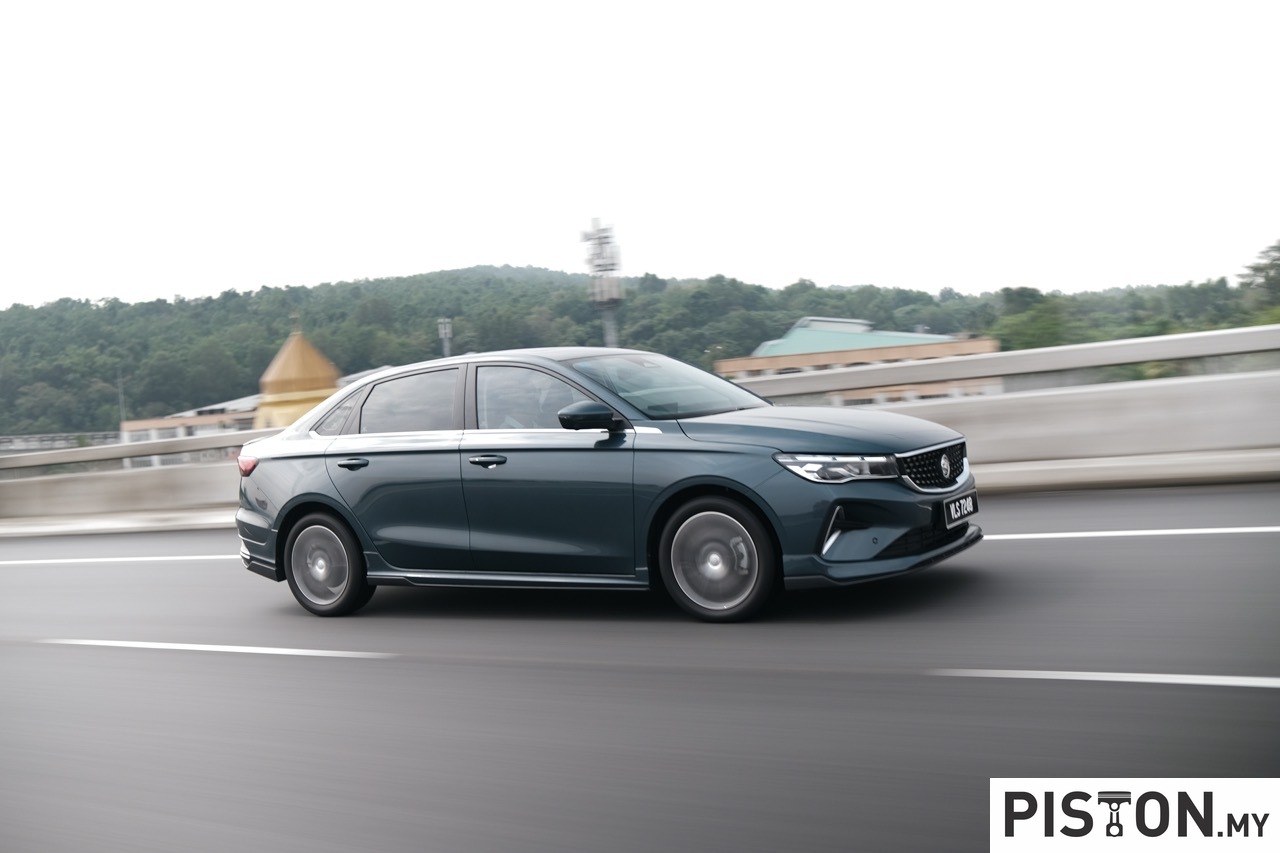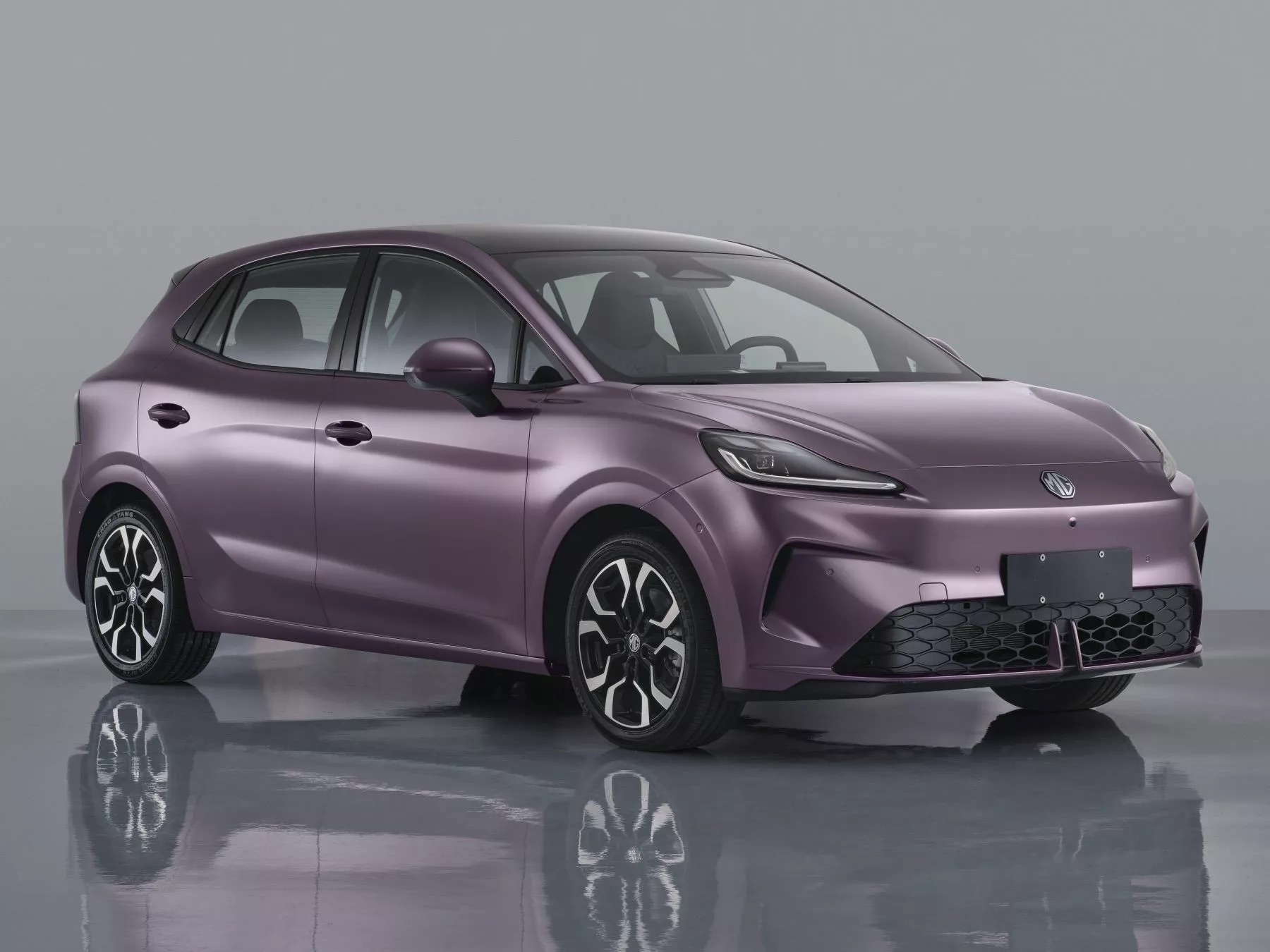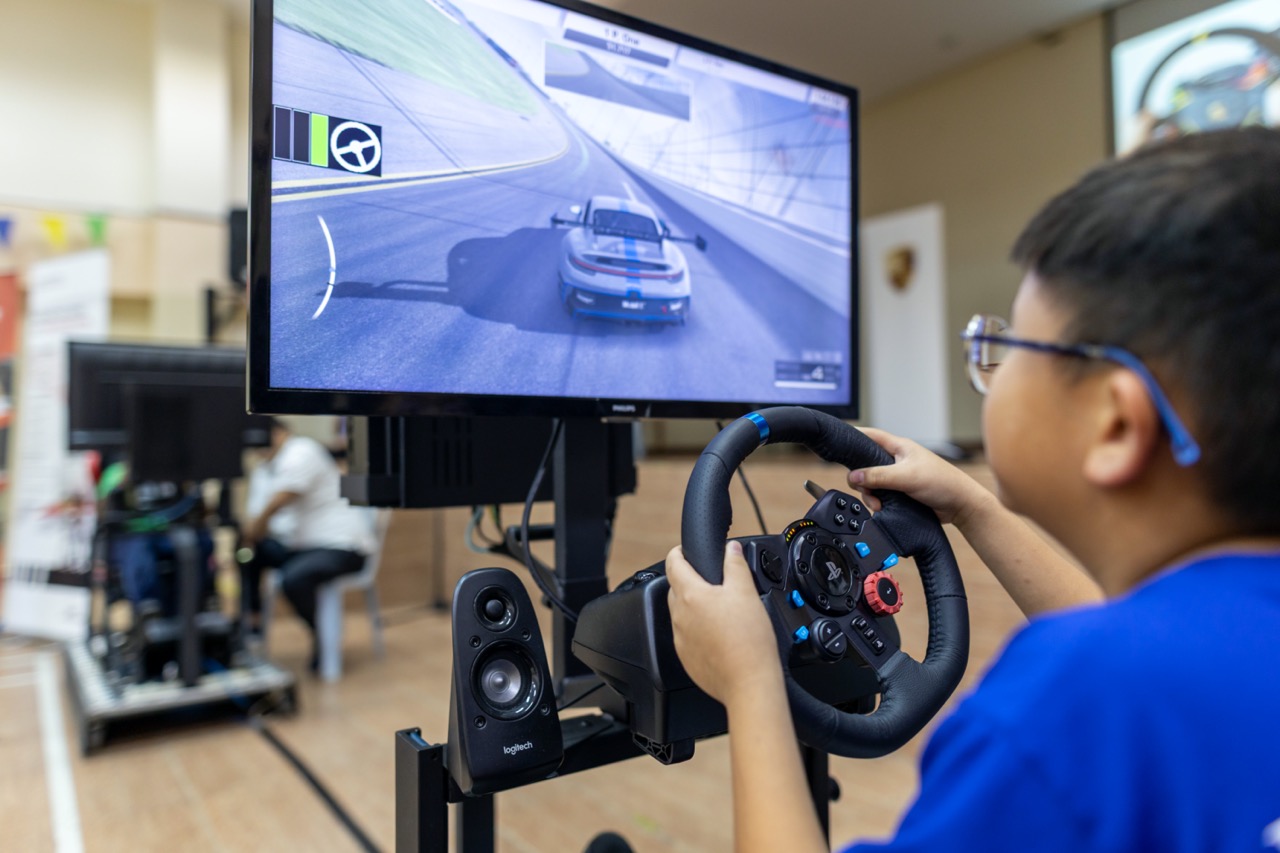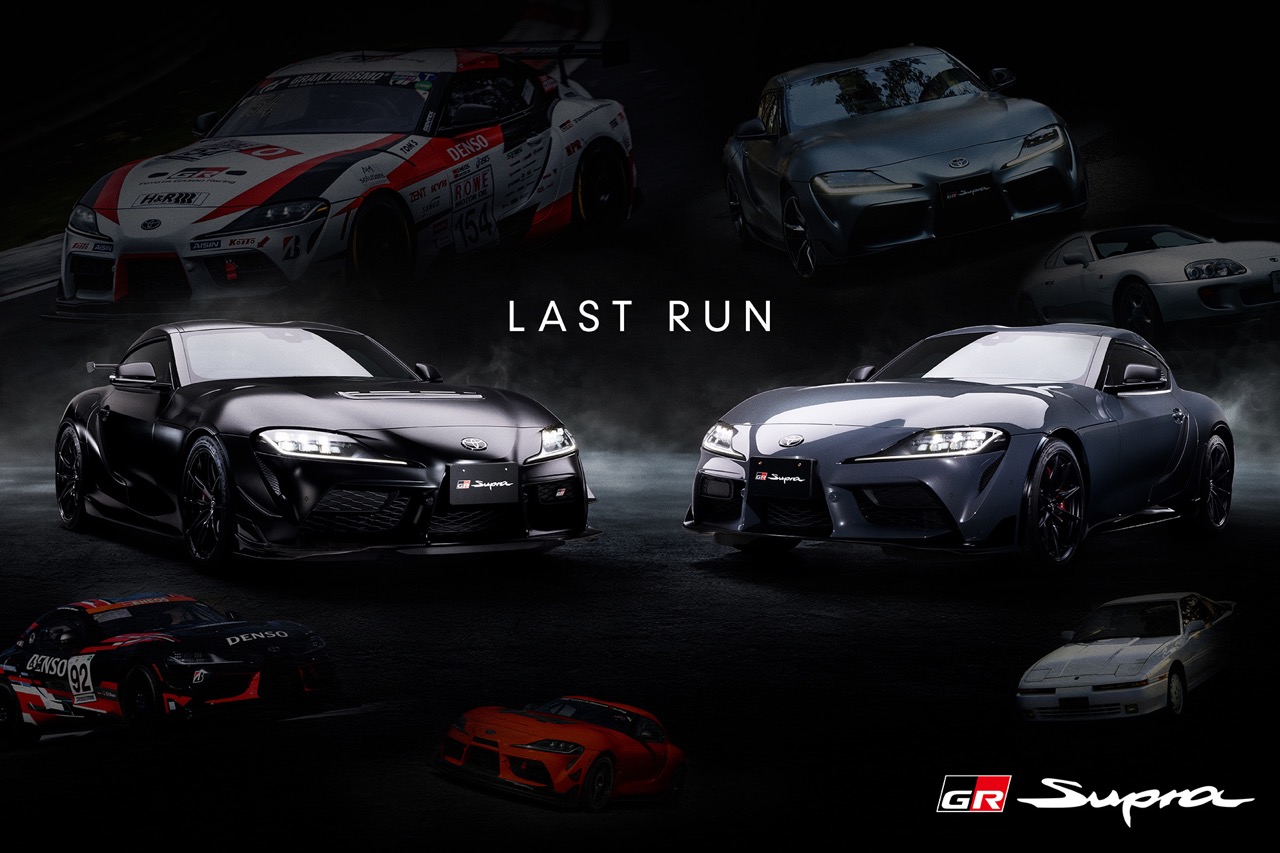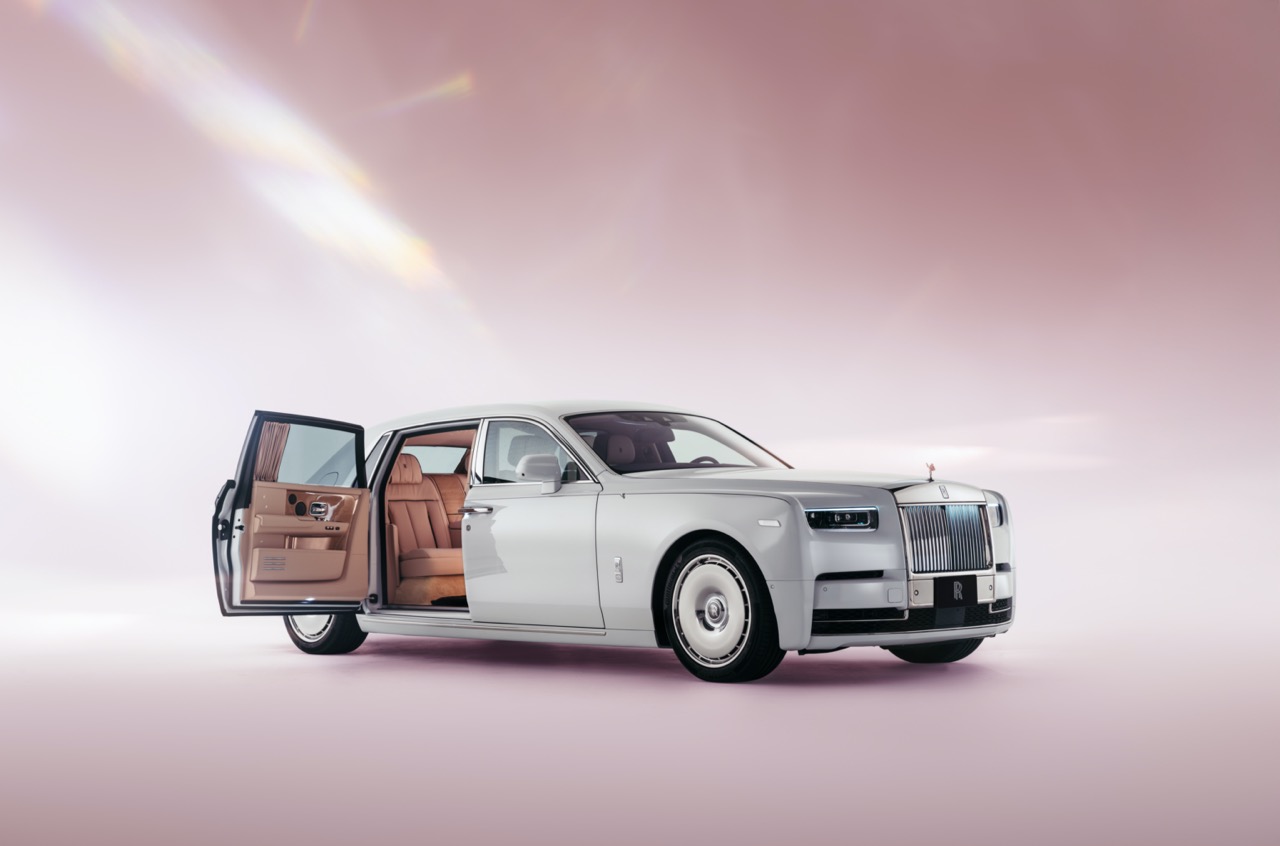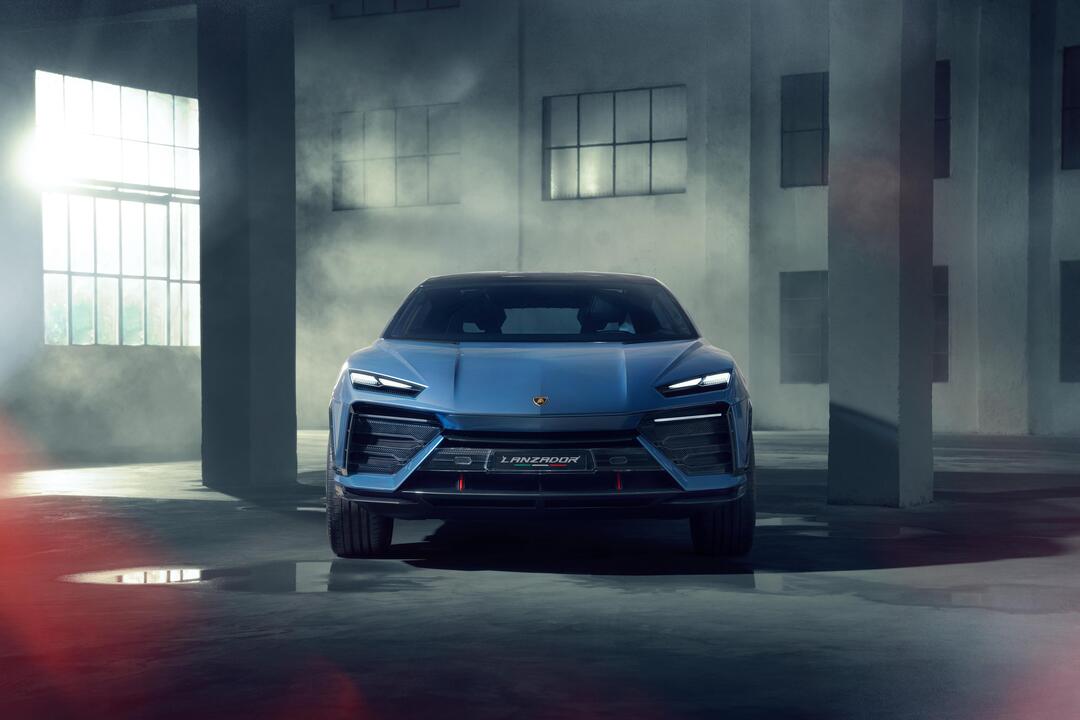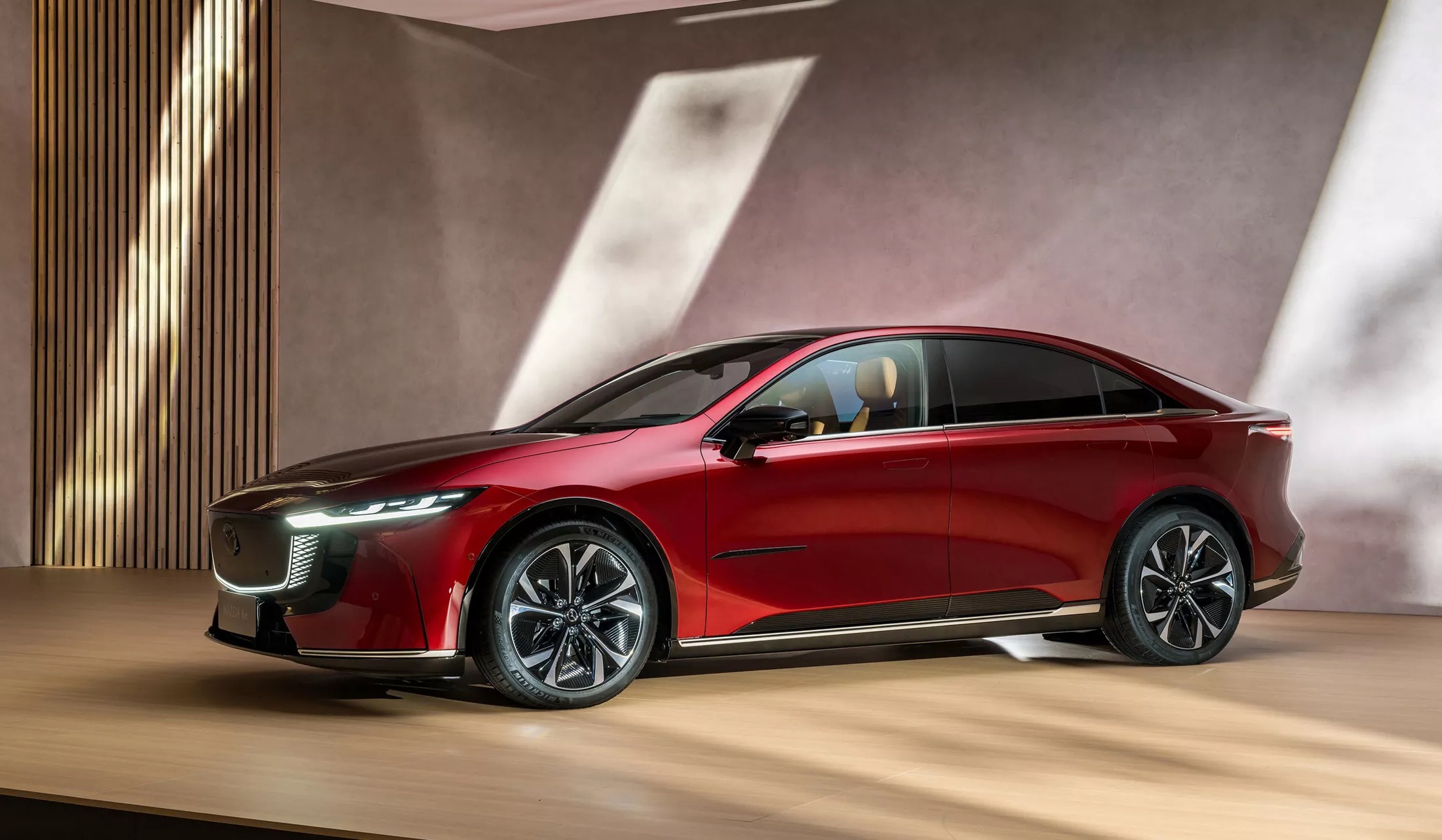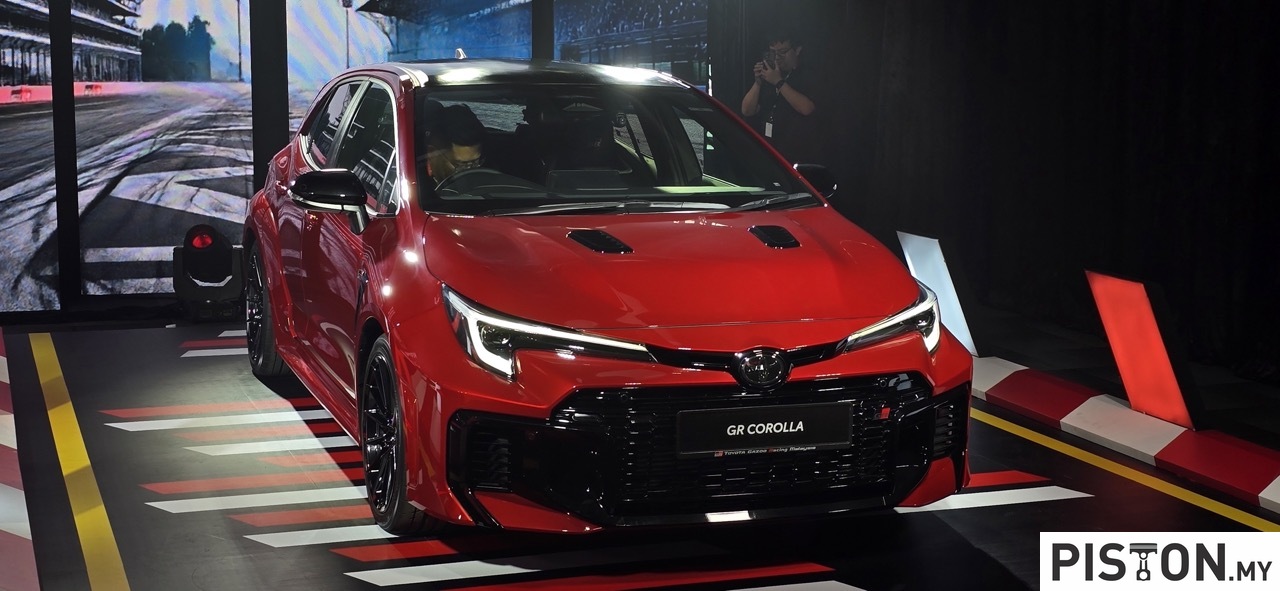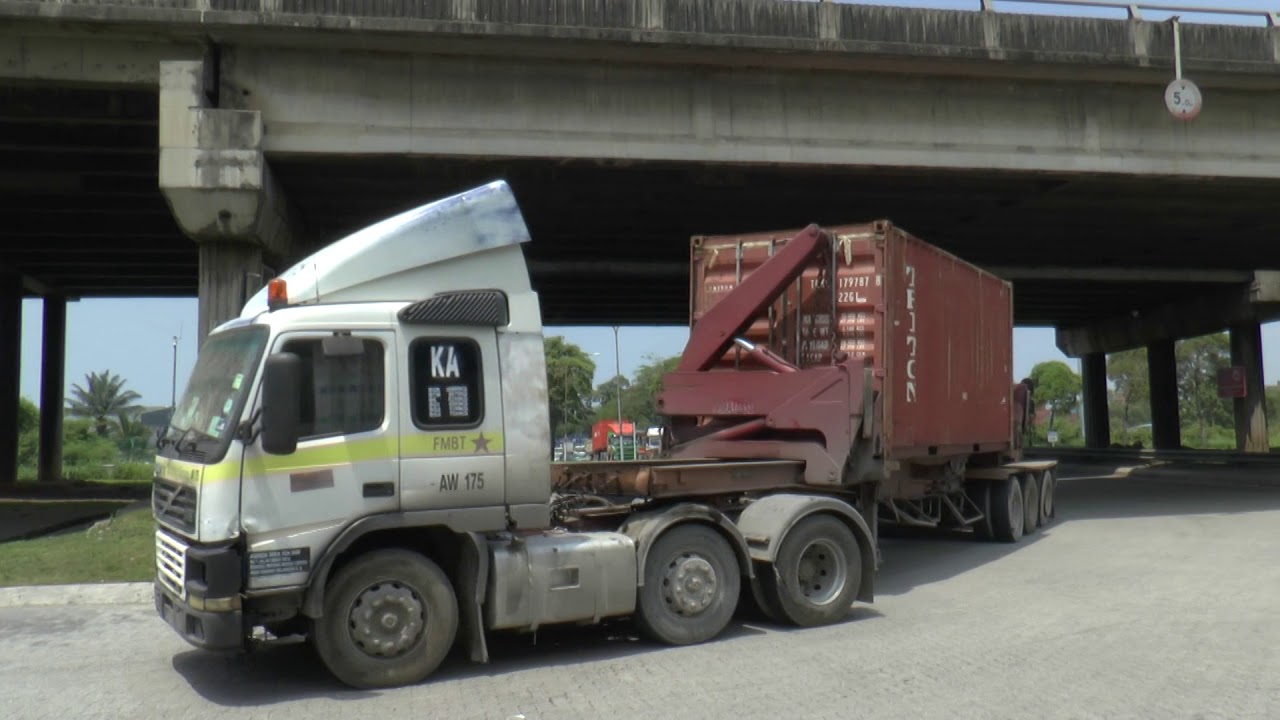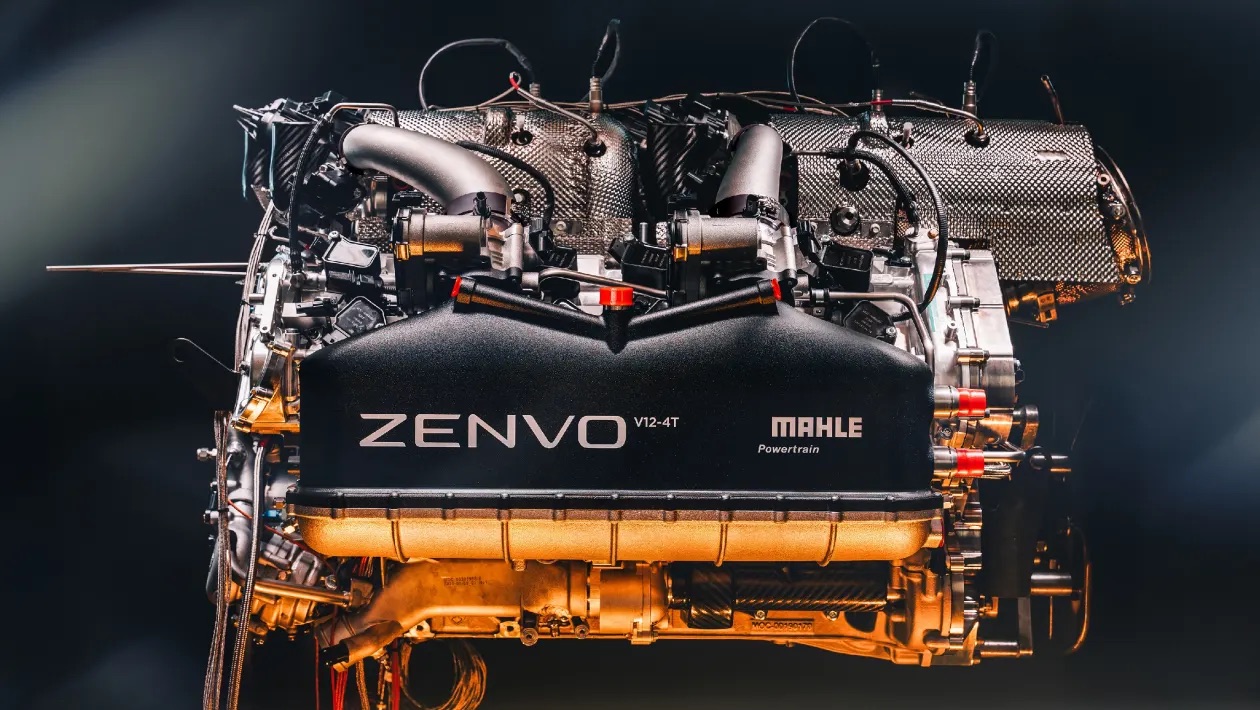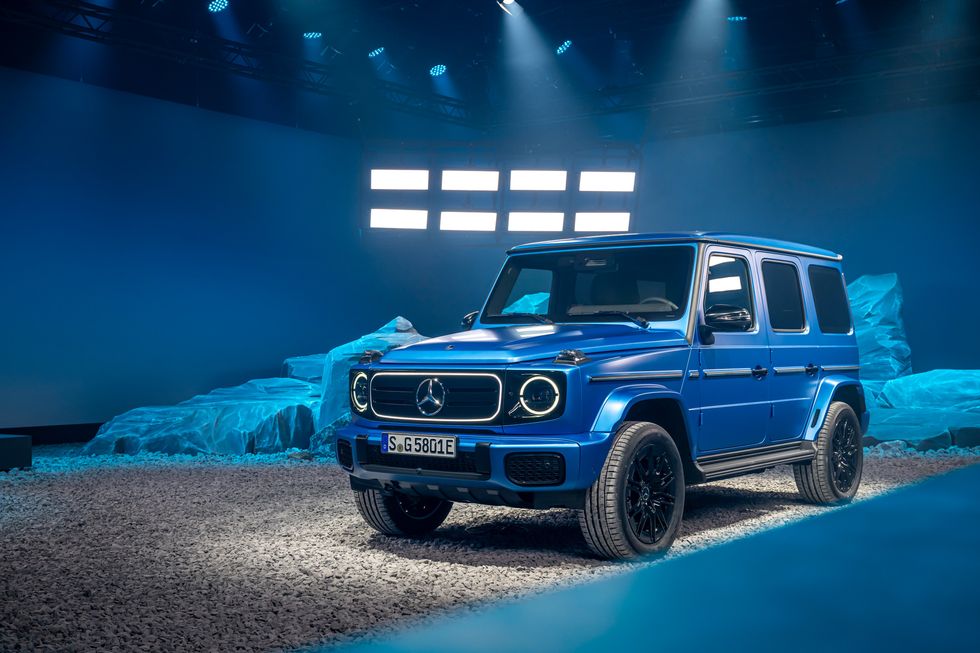Before Euro NCAP (New Car Assessment Programme) came into existence, the safety performance of cars was not known to the public. While carmakers conducted their own tests, they did not necessarily share the results with the public. Of course, as responsible companies, they constantly aimed to make their products safer and to provide the best possible protection for occupants during an accident.
But just how safe was a car? That was not known until EuroNCAP was established in 1996 and began to crash new cars to see how they performed. EuroNCAP’s findings were made public in a standardized form so that comparisons could be made for car-buyers to make informed decisions. Cars that scored better would usually have better safety features, which added cost, and it was up to buyers if they wanted to pay more for the extra protection.

EuroNCAP focussed on new models sold in the European markets and for many years, their results were also used by carmakers when marketing the same models in other regions. In time, it was realized that due to overseas production of certain models, there could be differences in the safety performance due to engineering differences in some areas. This led to the establishment of NCAP organizations in other regions which focussed on models which were made and sold in those regions.
ASEAN NCAP is one of them and has been evaluating new models sold in the region for the past 10 years. In fact, ASEAN NCAP can be credited for pushing carmakers to raise safety standards with the addition of certain safety systems and features which are required in order to score the maximum number of stars.
The existence of these NCAP organizations has brought about discoveries of the differences in performance of some models in different regions. There have been cases of a model sold in Europe offering much poorer protection when built for sale in South American markets. Likewise, a number of cars in India have been found to scored poorly when subjected to crash tests.
With such information made public, manufacturers have had no choice but to make improvements to make their vehicles safer and more in line with global standards. Although NCAP results are not referred to when vehicles are inspected by local authorities in various countries, they are still important as car-buyers refer to them. A high score would give more confidence to a customer who in interested in a particular model, so manufacturers work hard to achieve the best score which is typically 5 stars.
Many new models can now score maximum stars and carmakers like Toyota have been recognized for offering the most models with 5-star ratings in ASEAN. It may seem that in this day and age, most new vehicles will be able to get a few stars, so it is shocking to know that there are some models that fail to get even a single star!
This has been the case with the latest Hyundai Tucson which was tested by Latin NCAP which evaluates models sold in the Central and South American markets. The model was unable to be given even a single star which was disturbing because a Tucson tested by EuroNCAP a month earlier had been able to get 5 stars. The initial reaction of many people was that the model built for Latin American markets was not engineered differently or lacked too many safety features. However, it was learnt that the model tested by Latin NCAP was actually an older fourth generation one, whereas EuroNCAP had tested the latest fifth generation model.
The Tucson tested actually scored well in adult protection for frontal and side impacts, as well as in whiplash protection as it at least has two front airbags. However, with no side airbags and inadequate chest protection as well as poor child occupant protection, its overall score could not even rate one star, not to mention that it also did not have any form of electronic stability control.
“Latin NCAP is disappointed by Hyundai’s attitude to Latin American consumers’ health and safety. It is unbelievable that an SUV like the Tucson does not offer side impact protection and ESC as standard. The long delay in replacement parts delivery is also concerning. We make an urgent call to Hyundai for a dramatic change in basic safety strategy in LAC and level it to its policy in Europe, Australia and USA, among others,” said Alejandro Furas, Secretary General of Latin NCAP.
“Once again, thanks to Latin NCAP, we can know the risks that certain corporations, mostly Latin Americans, expose us to due to the sale of low safety vehicles. Hyundai gives us an unpleasant surprise to see that one of its most popular models in the region, the Hyundai Tucson, which has had significant sales in our countries, gets 0 stars safety. This is one more example of the discrimination in vehicle safety that the inhabitants of the region have to suffer from some car manufacturers that use our region as a sub-standard market to maximize their profits,” added Stephan Brodziak, Chairman of Latin NCAP.
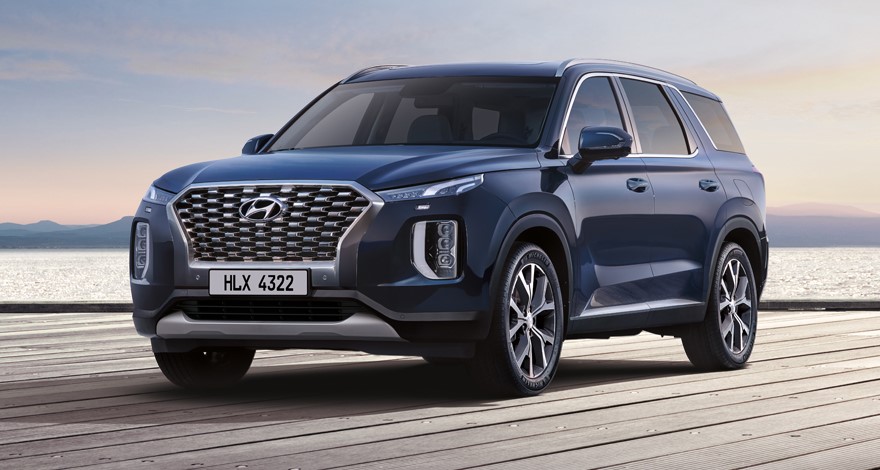
A zero-star result would certainly discourage most buyers and fortunately, this is not the case with Hyundai models sold in Malaysia. The Tucson is not currently sold (but has been in previous generations) but for the models imported to Malaysia, Hyundai Sime Darby Motors has been taking models with specifications comparable to those sold in Europe due to the tougher requirements of Malaysian regulations.
But while models sold in Europe may lead in safety performance when tested by EuroNCAP, this is not the case with every model. In its most recent series of tests, EuroNCAP found that the latest Renault ZOE EV was poorer than before – so poor in crash-tests overall, poor in vulnerable road user protection and lacking meaningful crash avoidance technology, that it was disqualified from getting any stars.
It would seem that while giving attention to improvements for the battery pack, Renault had compromised on safety elements. EuroNCAP noted that the seat-mounted side airbag which previously protected head and thorax has been replaced by a less effective thorax-only airbag, representing a degradation in occupant protection.
“Renault was once synonymous with safety. The Laguna was the first car to get 5 stars, back in 2001. But these disappointing results for the ZOE and the Dacia Spring show that safety has now become collateral damage in the group’s transition to electric cars. Not only do these cars fail to offer any appreciable active safety as standard, but their occupant protection is also worse than any vehicle we have seen in many years. It is cynical to offer the consumer an affordable green car if it comes at the price of higher injury risk in the event of an accident,” said Michiel van Ratingen, Secretary-General of Euro NCAP.
ASEAN NCAP testing to include Automatic Emergency Braking (AEB) systems




